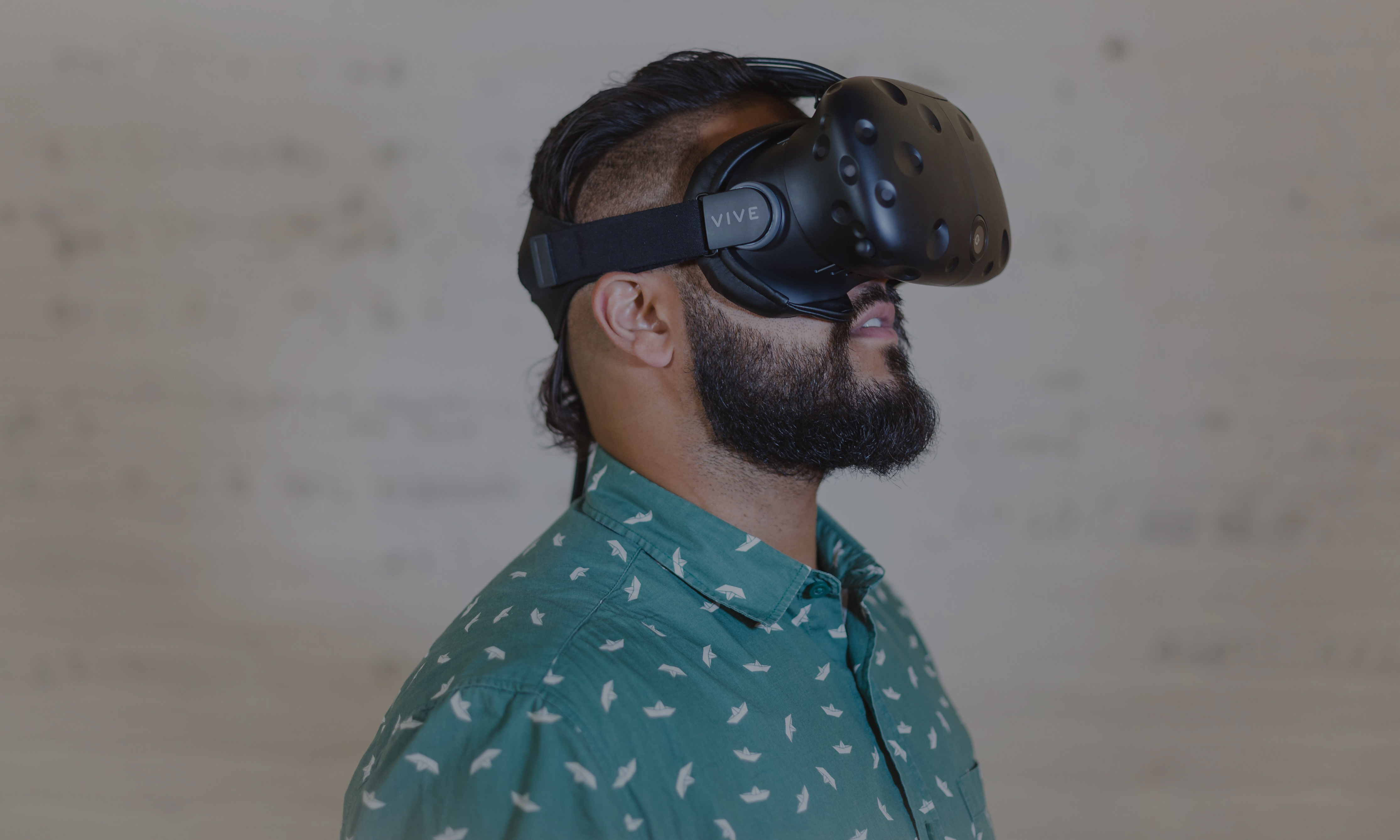How AR and VR are Having Their Moment

How AR and VR are Having Their Moment
Before the COVID-19, Virtual Reality (VR) and Augmented Reality (AR) were growing in application across a variety of industries, including retail, entertainment, medical and energy spaces. Now, thanks to the pandemic, these technologies are possibly more relevant than ever before.
As with most media production, the goal of virtual and augmented reality technologies is to engage audiences in a unique and interactive way. With the increased need for virtual solutions during the pandemic, AR and VR have proved that their interactive models can be engaging, accessible solutions for remote and socially distanced organizations.
For example, take the retail applications of Augmented Reality. While many retailers struggled with reduced foot traffic in stores as a result of stay-at-home orders, some innovative companies were able to create memorable advertisements and buying experiences. Augmented Reality gives retailers the ability to create and sell physical goods using virtual and digital tools, such as virtual try-on glasses or AR furniture applications that allow you to see something in your space before purchasing.
Similarly, VR is giving companies the ability to close the gap and utilize remote work and geographic disparities to its advantage. Particularly in areas like healthcare or refining where worst-case scenarios can be life or death, Virtual Reality can prepare workers for high-risk environments without exposing them to real-world risks. As in-person interaction during the COVID crisis poses risks, this type of training is also expanding to remote training for workers at home or those who cannot travel and would otherwise be unable to attend onsite training.
Finally, augmented and virtual reality content can also be utilized for entertainment. We saw early adaptations of this type of socially-distant entertainment with museums and historic exhibits that have let visitors experience exhibits virtually, even when facilities are closed. Additionally, with Augmented Reality on mobile devices such as iPhones and iPads, users can get more information through safe, touchless encounters. Advertisers have taken advantage of this technology through interactive face filters and pop-up games for a while now, but we are also seeing this pop up in more practical places, such as restaurants replacing shared paper menus with virtual ones.
At VISION, our programmers work on AR and VR projects for a wide variety of reasons. Whether it’s creating an Augmented Reality experience on wine bottles that will create a lasting brand impression or designing a virtual reality training that will prepare field workers for refinery safety, the applications are endless. As the future of the post-pandemic world unfolds, our team predicts that the technology around AR and VR will not only become more widely adopted but more accessible, as the need for real human experience at a safe distance is accelerated.
